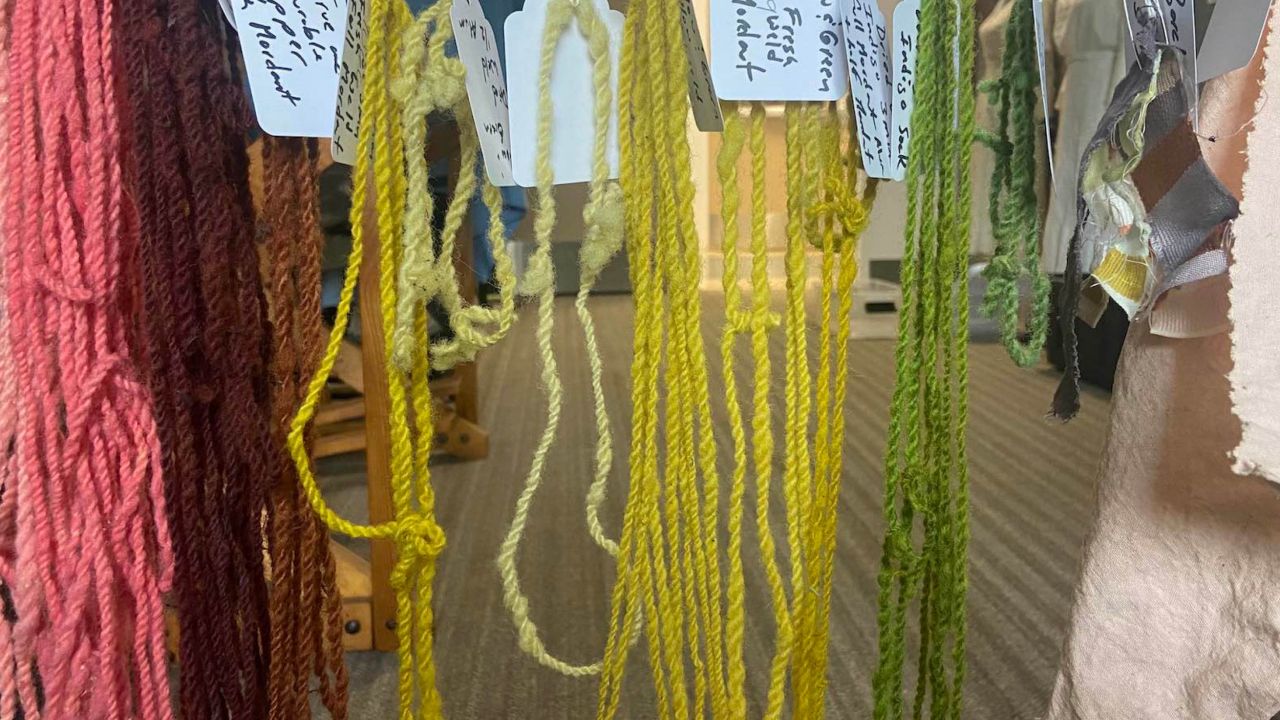
The science, art and history of textile and paper dyes and their uses in books and manuscripts is the focus of the CV/MS exhibition "Sad Purple and Mauve: A History of Dye-Making," hosted by the University Libraries.
"Sad Purple and Mauve: A History of Dye-Making," was co-organized by Penn State University Libraries’ Eberly Family Special Collections Library and the Center for Virtual/Material Studies. The exhibition ran from Sept. 2023 through Jan. 2024, in the Special Collections exhibition space at 104 Paterno Library on the University Park campus.
During the long history of imbuing our environments and possessions with color, dyes used for clothing, fabrics, furniture and paper have played an essential role in distinguishing social affiliations and economic class. Explorations of the social and material aspects of textile and paper dye-making relate to larger issues of power and authority including the histories of colonization and slavery, the growth of present-day pharmaceutical companies and the extraction of fossil fuels. The exhibition will also highlight those involved in dye-making — artists, bookmakers, botanists, chemists, farmers, foragers and homemakers, amongst others — and the natural and synthetic materials and processes that can be used to create dyes.
Exhibition items span centuries, from the 6th-century to the present, and represent cultures across the world. Highlights include a facsimile of a medieval manuscript dyed purple, 18th-century handwritten Scottish dye recipes, an ostrich feather dying manual, and examples of mud cloth from Mali and batik from Indonesia.
Books and manuscripts in the exhibition are from the Eberly Family Special Collections Library, with loans of textiles, prints and plant specimens from the Matson Museum of Anthropology, the Palmer Museum of Art, the Pennsylvania Agricultural College Herbarium and private collection.



